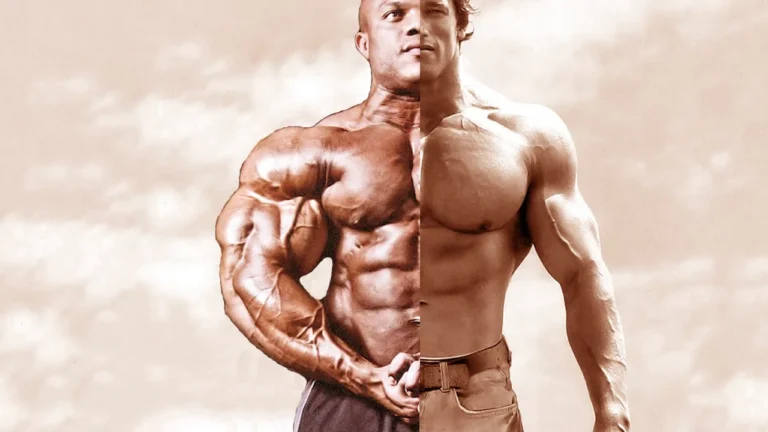How Bodybuilding Causes Tendon and Ligament Damage
At nearly every fitness seminar, you’ll hear the phrase “functional training.” Presenters often explain that traditional bodybuilding exercises don’t support full neuro-musculo-skeletal health and may cause muscular imbalances. Yet, despite the growing popularity of “functional fitness,” most people who walk into a gym have the same goal — to improve how they look. Few train purely for stability or corrective movement.
End of an Era
Functional training is now widely promoted as the superior method, seemingly leaving bodybuilding behind. But are these functional training advocates really saying that building muscle is bad? Not quite. Muscle growth is the body’s natural adaptation to physical stress, and resistance training is simply a controlled way to trigger that adaptation. As discussed in Power Training for Natural Muscle and Definition, the key lies in balancing strength, performance, and recovery — something traditional bodybuilding sometimes neglects.
Classic bodybuilding programming is based on one core principle: to enlarge muscles, you must perform repeated, resisted movements that fatigue the muscle fibers within a certain time frame. These routines target major muscle groups and often focus on symmetry and aesthetics rather than function.
Decreased Function and Blood Flow
Most bodybuilders rely on the 8–12 repetition range for hypertrophy, rarely stepping outside it. This approach heavily uses the anaerobic (lactate) energy system, limiting oxygen use and consequently reducing capillary growth within muscles. When muscle size increases without a corresponding rise in capillary density, an ischemic environment can develop — reducing oxygen and nutrient flow and slowing metabolic waste removal.
A rapid increase in the volume of a muscle cell, without any increase in the capillary network that supplies the muscle, will lead to an ischemic environment being created. This will result in diminished nutrient and oxygen supply, which slows down the metabolic processes within the muscle and the disposal of metabolic waste products.
Zalessky & Burkhanov, Legkaya Atlitika, 1981
In simple terms, many bodybuilders end up with fewer capillaries per square inch of muscle than sedentary individuals, reducing endurance and recovery. As explained in Active Body, Healthy Mind, balance between strength training and cardiovascular activity is crucial for long-term performance and health.
“The decreased oxygen-carrying and utilization abilities of hypertrophied muscles will affect their ability to respond positively to exercise, leading to irreversible structural damage occurring within the muscle.” — Adapted from Brian Haycock, MS, CSCS, Advanced Training Planning for Bodybuilders
Tendon and Ligament Damage
Another consequence of disproportionate hypertrophy is the slower adaptation of connective tissue. Tendons and ligaments receive less blood flow than muscle tissue, and as a result, their recovery time can be up to seven times longer. When muscles grow stronger faster than the connective tissues can adapt, the risk of tears and chronic injury increases dramatically.
“Increases in strength, brought about through muscle hypertrophy without proportionate increases in connective tissue strength, will inevitably lead to tendon and ligament damage.” — Zalessky & Burkhanov, 1981
This imbalance helps explain why bodybuilders often experience joint issues, tendonitis, or muscle tears. For a safer approach, integrating flexibility and recovery sessions — like those shown in Stretches for Muscle Flexibility and Growth — can prevent overuse injuries and enhance mobility. Warm-ups, active recovery, and proper sleep are just as vital as lifting technique and progressive overload.
Ultimately, bodybuilding itself is not inherently harmful, but a narrow focus on aesthetics over function creates long-term vulnerabilities. Research from the National Institutes of Health confirms that muscle imbalances and poor recovery strategies significantly increase tendon and ligament injury risks among resistance-trained individuals.
To minimize the downside of bodybuilding, prioritize balance: complement heavy resistance work with mobility, cardiovascular, and restorative practices. Smart training ensures that strength and function develop together, reducing injury risk while improving overall performance and longevity.

